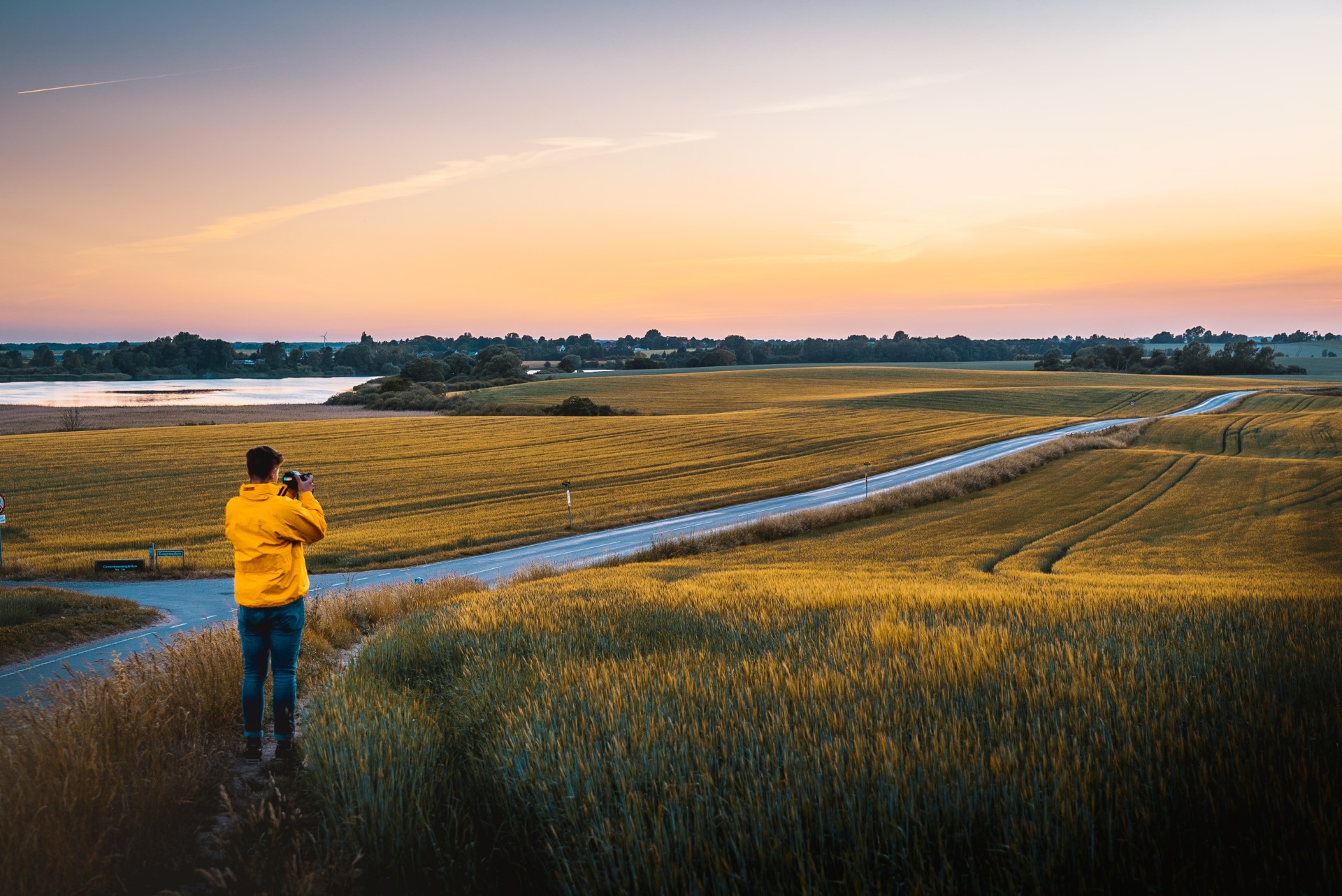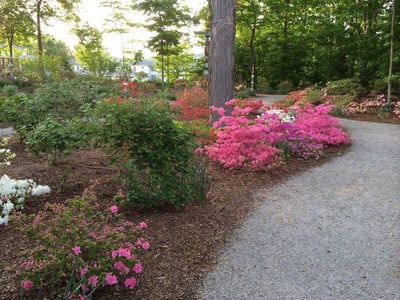
Rural stormwater management is a critical – and often under-addressed – need in our world today. Anywhere humans live, we need a smart plan for purifying water and funneling it where it needs to go.
We should definitely celebrate the fact that stormwater management has become a better-known concept in cities across America.
* pause for champagne and party crackers *
However, the focus on cities has had one unintended side effect: In the effort to respond to urban needs, many people have forgotten the importance of rural stormwater management.
Why Does Rural Stormwater Management Matter?

So, what’s the big deal with rural stormwater management? I mean, doesn’t nature take care of herself?
Well, sure, when left alone – but humans create plenty of impact on nature, even out in the countryside. We need ways to minimize that impact and maximize the resiliency of natural systems, so that future impacts don’t damage them as much.
The point of rural stormwater management is, as the Ausable Bayfield Conservation Authority points out, is to implement practices that work today and educate people on protecting resources tomorrow:
“Better information for rural landowners and community groups, combined with financial incentive programs, can help inform stewardship projects and best management practices that preserve topsoil, reduce erosion, and keep sediment and pollutants out of creeks, rivers, and the lake.”
Due to the increased number of waterways, as well as the different human activities in rural areas, we need dedicated attention to rural practices helps ensure that we create the right kinds of systems.
For instance, while impermeable surfaces are a big deal in the city, they’re not so much in the country (although flooding from roads is still an issue). Instead, agricultural runoff is a big concern – nitrogen, phosphorous and other compounds washing into waterways and wreaking havoc on wildlife.
There are compelling economic reasons for green infrastructure as well: property values rise, businesses do better and wild beauty is more pleasing to the eye, attracting more clients and customers, even to more remote areas.
How Can Rural Communities Improve Care of Our Waterways?

So how do we manage stormwater in pastoral areas?
First, many of the systems that work in the city do work in the countryside as well. That includes natural stormwater management infrastructure such as green roofs, rain gardens, retention ponds, silt fencing and more.
These tactics – as well as common sense water purity practices, such as keeping toxins and yard debris out of waterways and runoff areas – contribute to cleaner waterways and healthier wildlife.
Other practices, however, differ. In the country, for instance, stormwater detention and retention may take a different form, such as large ponds or lakes.
We must also take proactive measures to harvest stormwater during rain and snow events for use on agricultural lands. That way, we can avoid groundwater depletion, which is occurring at an alarming rate.
Overall, there exist many considerations when it comes to managing rural stormwater, and we need to start examining them all today. Only then can we protect wild areas, waterways and the environment as a whole.
Want to know more? We invite you to reach out to Ecogardens today.

